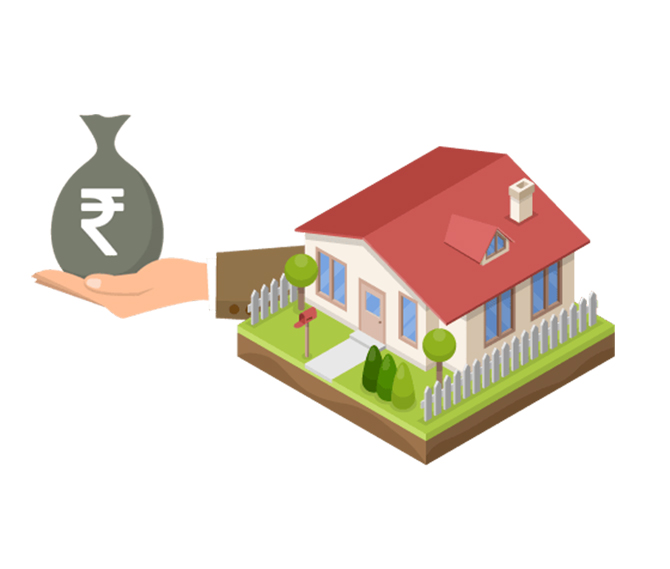No matter how much research you do to figure out how much of a mortgage you can afford, in the end, the decision is not up to you; rather, it is up to your lender to decide how much of a mortgage you can afford.
The process of prequalification addresses this issue. It usually only requires you to fill out a brief application or have a brief phone call with a mortgage lender, and it can both kick-start the process of your mortgage loan and provide you with a price range in which to begin house shopping. You must be aware. However, that prequalification is merely a preliminary screening and does not guarantee that you will be granted a loan in the end. This is a crucial point to keep in mind.
The following is information that is necessary for you to have regarding the prequalification process.
What Does It Mean to Be Prequalified?
The purpose of prequalification is to assist lenders in determining not only whether you have a good chance of being approved for a mortgage loan but also how much money you could potentially borrow from them. You won't typically be required to pay anything extra for prequalification, and doing so won't bind you to move forward with the loan application process.
In order to get prequalified, you will need to provide some basic information about yourself, including personal and financial details such as the following:
- Your complete given name
- Contact details
- Income\sDebts
- The postal code of the area in which you wish to purchase a home.
The lender will then conduct what is known as a "soft inquiry," which is a brief check of your credit report. There is no effect on your credit score from soft inquiries.
The lender will use this information to provide you with a rough estimate of how much money you are eligible to borrow through a mortgage loan and whether or not you are qualified to do so in light of your current financial situation.
It is important to keep in mind that being prequalified does not mean that you have been approved for a loan, nor does it mean that they have made a signed offer to lend you a certain amount of money.
Why Should You Attempt to Obtain a Prequalification?
Your prequalification for a mortgage, while not a guarantee of anything, can be an important step in guiding you through the process of looking for a new home. If you have an idea of what you can afford and what price range you should be shopping in, either you or your real estate agent will be better able to find homes that are in the appropriate price range for you to consider and tour.
You are free to take a break from the process of purchasing a home if you are not thrilled with the results of your prequalification and work on improving your financial picture during this time. There are no obligations attached to this break.
Prequalification vs. Preapproval
In most cases, prequalification is the first step that must be taken before preapproval can be granted. The most significant distinction is that prequalification is determined by the information you supply. A preapproval is a much more involved process in which the lender evaluates your credit score and history in addition to looking at other financial documents to determine whether or not you are eligible for a loan. This evaluation is done to determine whether or not you are eligible for a loan.
A preapproval will typically result in a price range that is more accurate, and because it involves a credit check, it has the potential to have an effect on your credit score. Depending on the lender, preapprovals typically involve the payment of an up-front fee.
When making offers on homes, it is helpful to include preapproval letters from the lender. They will demonstrate to the seller that you are serious about the purchase, which will inspire confidence in the bid that you have placed.
Ways to Improve Your Chances of Getting Approved for a Home Loan
Because the prequalification process varies from lender to lender, the first step is to select a few mortgage lenders or banks that you would be interested in working with. If you want to get prequalified for a loan, the majority of lenders have brief prequalification forms or applications that you can use on their websites. Alternatively, you might be able to text, email, or call a loan officer. Before you get in touch, you should make sure you have a good idea of your recurring monthly income, your total debt, and other basic financial information.
After you have submitted the necessary information, you will typically receive a prequalification letter within a few hours to a few days at the most. If you don't have one, you should inquire about getting one. It should include your name, an estimated maximum loan amount, and a few other details about you and your situation. After that, you can put this information to use to get started on the preliminary stages of your home search.
Get Prequalified for a Mortgage
First Step in the Process
Have your financial details ready.
PHASE 2 Conduct research and make initial contact with two to three potential mortgage lenders.
STEP 3 Ensure that they have finished all of their prequalification procedures.
The next step is to make use of the prequalification letters you received to direct your home search.
When you are ready to move forward with your mortgage loan, you should get back in touch with the lenders and ask for quotes on the loan's interest rate and terms. You will be able to compare prices, rates, and other terms, which will ultimately assist you in selecting the solution that is most suitable for your current financial situation.


